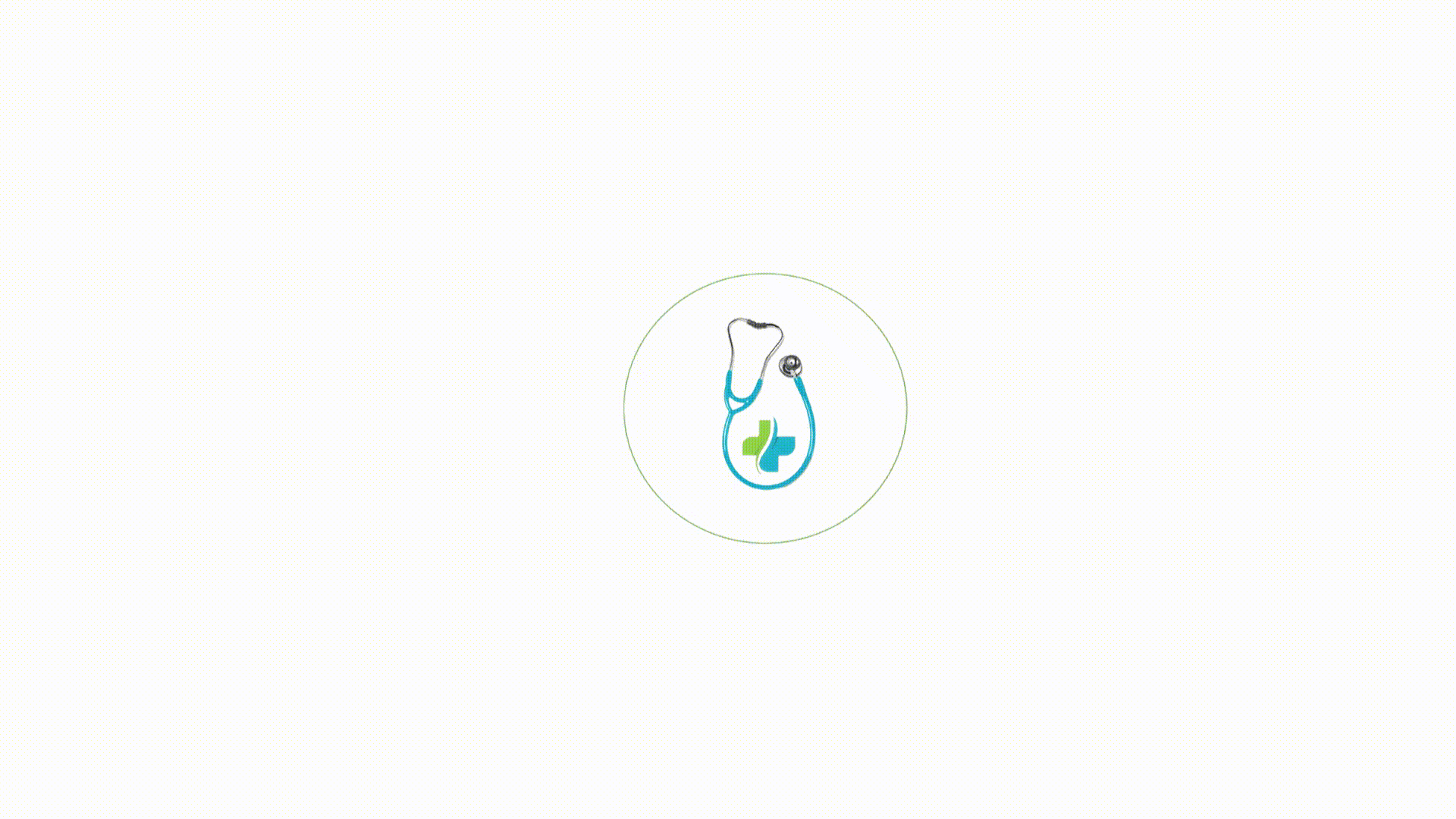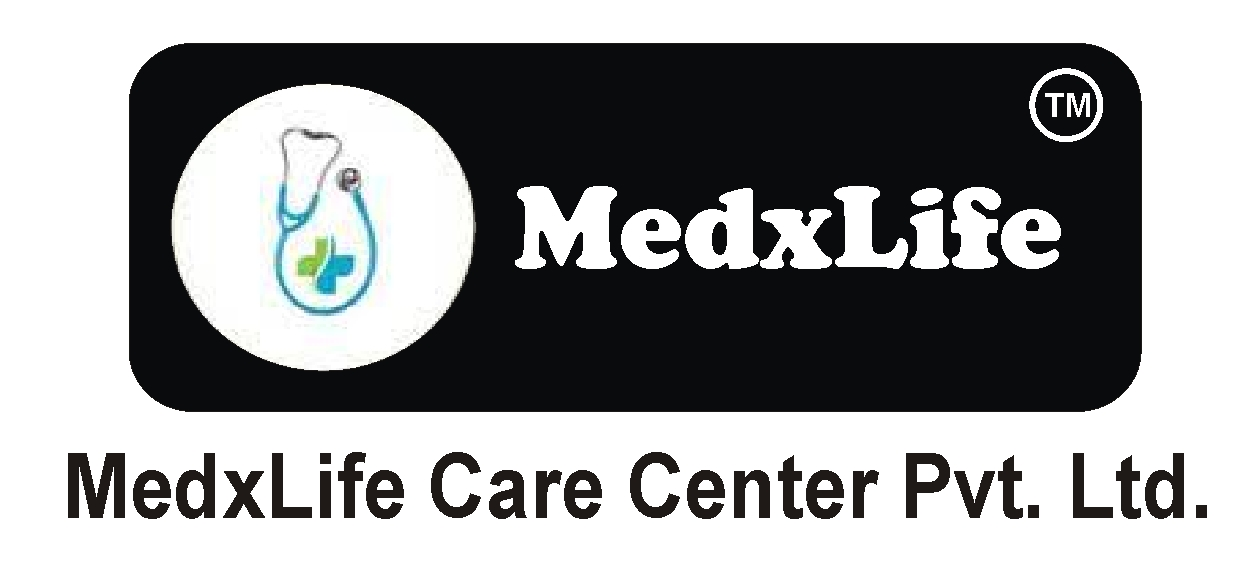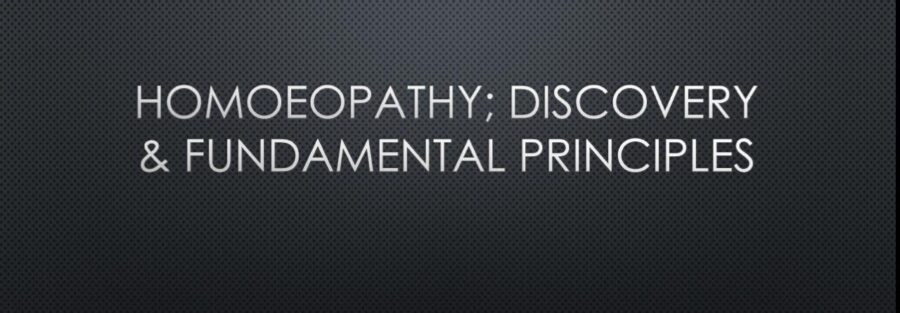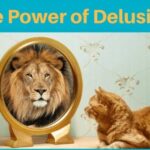Dr. Christian Friedrich Samuel Hahnemann, an MBBS, MD; started with his practice in 1779. He was dissatisfied with the vague and unsatisfactory medical knowledge of the day. So, he gave up his practice and started translating medicals books. It was in the year 1790, while he was translating Cullen’s Materia Medica, he read that Peruvian bark when given to a healthy individual produces chill and fever. Being a doctor, he knew that the same drug was used as a remedy for chill and fever. He started experiments with Peruvian bark on himself and his relatives, in order to find the truthfulness of Cullen’s Materia Medica. He found out that the Cullen was correct. He was utterly shocked to come to this realization that a drug which causes some symptoms in healthy individual can cure those same symptoms in the diseased individual. He continued the experiments with some other drugs. Hahnemann came to the conclusion that medicines cure diseases because they can produce similar diseases in healthy individual. He put forward his new doctrine of Similia Similibus Curantur (Like cures like) in contrast to the age old Contraria Contrariis Curantur (Opposite cures opposite).
In 1796, after six years of his first experiment, he published an article in Hufeland’s Journal Vol – ll, parts 3 and 4 on “An Essay on a New Principle for Ascertaining the Curative powers of Drugs and Some examinations of Previous Principles”.
Now Homoeopathy being a new science needs some laws and principles. These “Doctrines of Homoeopathy” were formulated for the first time by Hahnemann in his article “The Medicine of Experience” published in 1805 and the complete systemization of these principles and how to put them in practice was explained by Hahnemann in his Organon of Medicine in 1810.
Fundamental or Cardinal Principles of Homoeopathy
Homoeopathy as a science has a philosophy of its own and is based on seven Cardinal Principles. They are as follows:
1. Law of Similia
Similia Similibus Curantur (Like cures like) is the law upon which whole of the Homoeopathy is based. The word Homoeopathy is a Greek derivation where homoeos means similar and pathos means suffering. It is the science of symptom-similarity. So, the choice of medicine is based on the principle that the medicine must have the capacity of producing most similar symptoms of the disease to be cured in healthy individual.
2. Law of Simplex
This states that only one single, simple medicinal substance is to be given in a case at a time (giving of one remedy at a time). This is because only one remedy can be the most similar at any given time with the condition of the patient. Also, the homoeopathic remedies were proved singly so if we use more than one remedy then which medicine cured the patient that will be unknown. Besides everything, Vital force, the life governing principle is a single substance so the medicine intended to correct its disturbance should be a single substance.
3. Law of Minimum
Under this law, minute dose of medicine is to be given to the patients. The minute dose means that quantity of medicine which is though smallest in quantity produces least possible excitation of vital force and yet sufficient to cause a necessary change in it. The quantity is minimum yet appropriate for a gentle, remedial effect. This has following advantages:
– To avoid unwanted aggravation
– The small dose does not cause any organic damage nor there is any risk of drug addiction or side effects
– According to the law of quantity of Fincke, “the quality of the action of homoeopathic remedy is determined by its quantity, in inverse ratio.”
The concept of minimum dose can be verified by Arndt- Schultz law that small doses stimulate, medium doses paralyze, and large doses kill.
4. Doctrine of Drug Proving
We prescribe only those medicines whose medicinal properties are known through Drug Proving. Drug proving is a systematic investigation of disease producing power of the medicine on the healthy human being of different ages, both sexes and of various constitutions. We prove the medicine because disease producing power is disease curing power. The proving is to be done on humans because animals do not give subjective symptoms and effects of the same drug on human, and animal will be different. The human being should be healthy because the symptoms of the drug and that of disease will be mixed.
5. Theory of Chronic Diseases
Chronic diseases are caused by chronic miasms. There are three miasms, Psora, Sycosis and Syphilis. During the early age of homoeopathic practice, Hahnemann observed that some chronic cases would return with recurrence of symptoms while the acute diseases did not recur. He investigated the chronic affections and after 12 years of experiments came to the conclusion of miasms. The cure in chronic diseases is only possible by proper anti-miasmatic treatment.
6. Theory of Vital Force
There is a force governing the body. It cannot be seen but it’s presence can be felt through the activities we do, we think, we eat, we walk. Healthy body consists of healthy mind, body and spirit. This spirit is termed by Hahnemann as vital force. It is dynamic in nature. In healthy condition of man, it is the vital force which maintains normal functions and sensations of the organism. When this vital force becomes dynamically deranged, the normal functioning of the body is disturbed, and disease occurs in the body. Now if cure is to be established, the disturbed vital force needs to be cured.
7. Doctrine of Drug Dynamization
Any natural substance say for example sodium in its crude form cannot be used to treat any disease even though it has medicinal properties. This inactive medicinal property needs to become active. Dynamization is the process by which medicinal properties which are latent in natural substances in their crude form are converted into activity. “Homoeopathic Potentization is a mathematico-mechanical process for the reduction, according to scale, of crude, inert or poisonous medicinal substance to a state of physical solubility, physiological assimilability and therapeutic activity and harmlessness, for use as homoeopathic healing remedies.”
Contributor- Dr. Manju Valesha




